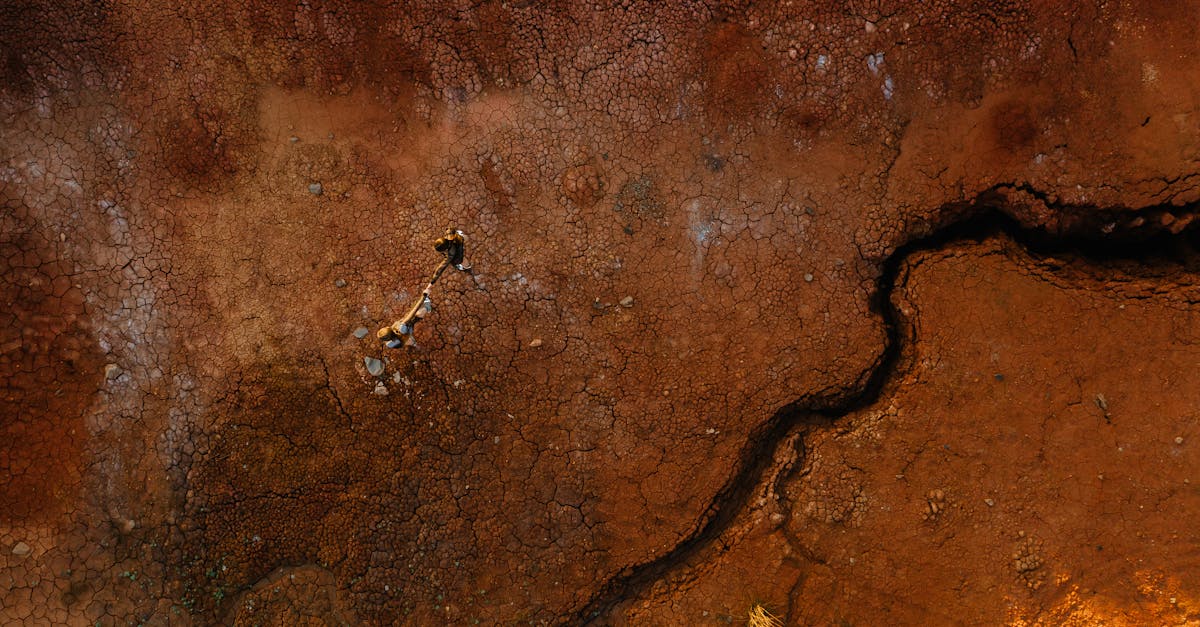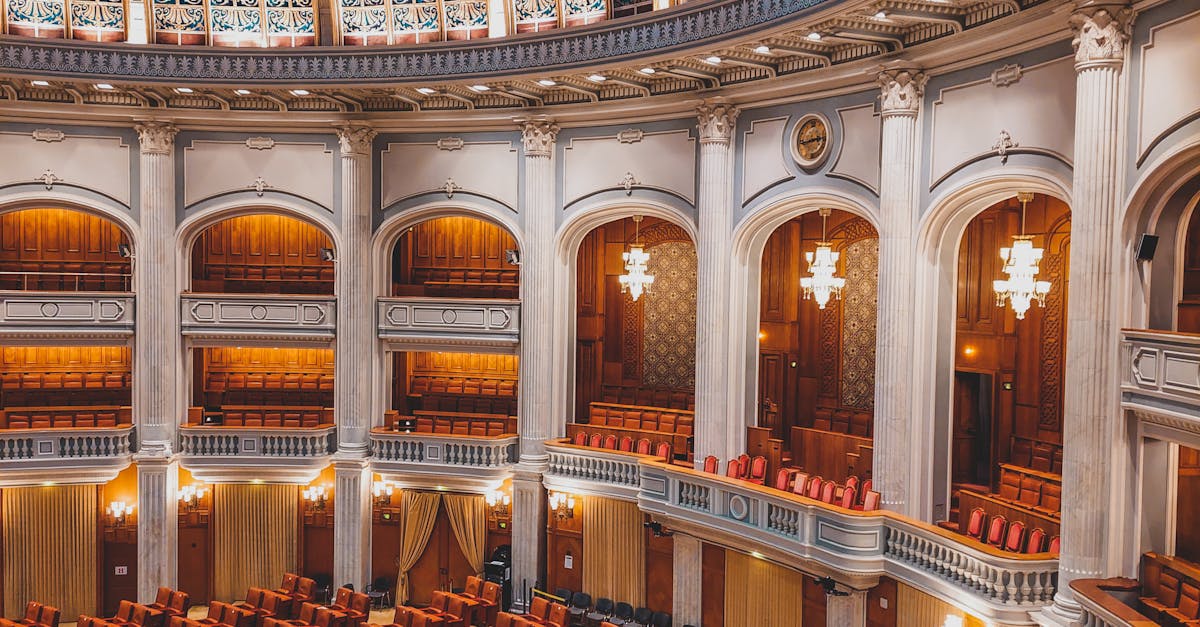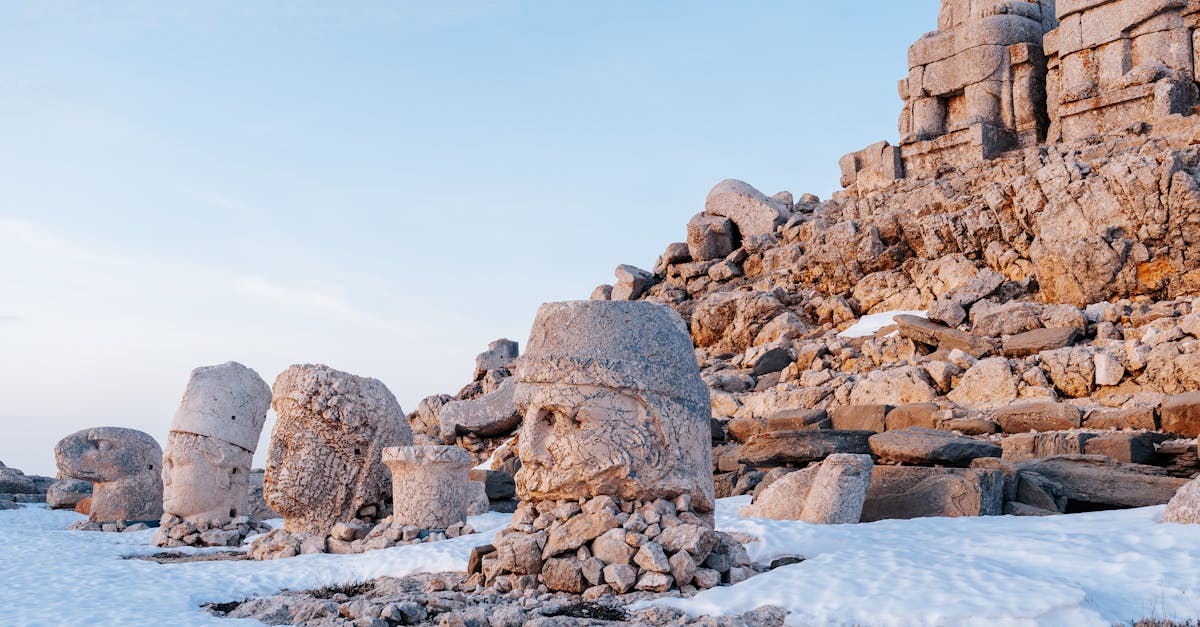Azure Wyrms
-
Spanish beaches closed: Several beaches in Spain were temporarily shut down.
- Why: Due to the unexpected arrival of “blue dragons” (Glaucus atlanticus).
-
Blue dragons are venomous: These small sea slugs can inflict very painful stings.
- Why: They absorb toxins from their prey (like venomous jellyfish) to use for defense.
-
Rare Mediterranean sighting: The presence of blue dragons in the Mediterranean Sea is unusual.
- Why: Their appearance there is linked to changes in ocean currents and potential climate change impacts on marine life.
-
Health risks from stings: Stings can cause significant discomfort and symptoms.
- Why: Symptoms include pain, swelling, nausea, and vomiting, though fatalities are rare.
-
Ecological indicator: Blue dragons can signal broader marine environmental changes.
- Why: Their presence is associated with shifting water currents and marine anomalies, making them an indicator species.
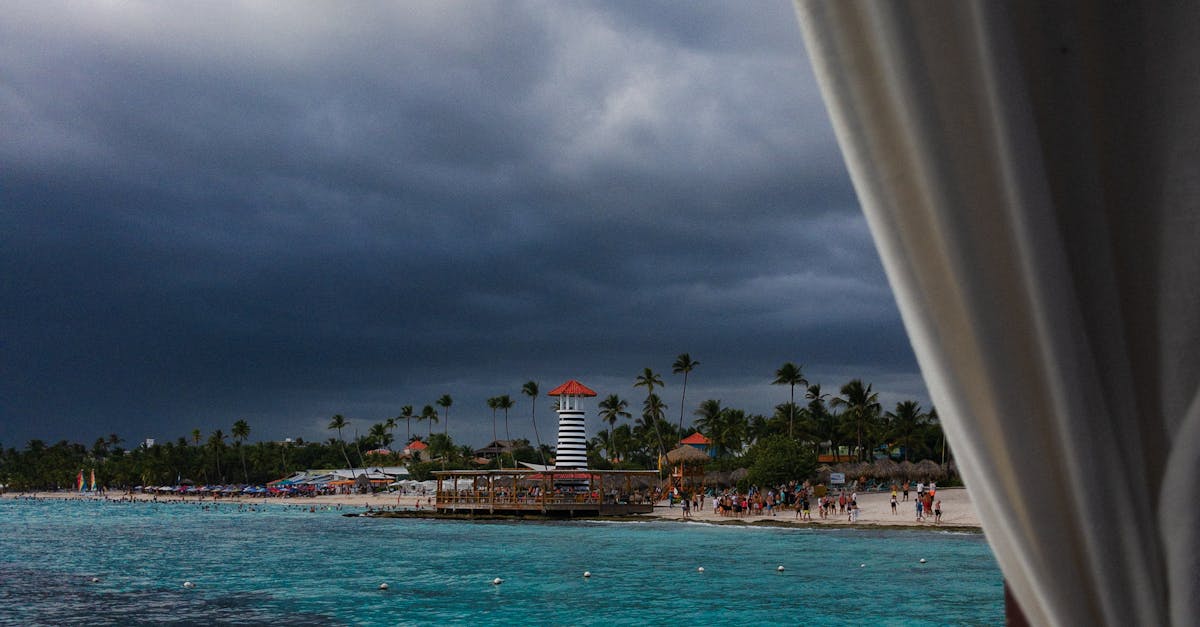
Glacier Melt & Water Cycles
-
Climate Change Impact on Gangotri Glacier System (GGS): GGS, the source of the Bhagirathi River, is experiencing alterations in its hydrological cycle due to climate change.
-
Dominance of Snowmelt Declining: While snowmelt (64%) remains the primary contributor to GGS discharge, its share has decreased from 73% (1980-90) to 63% (2010-20). This indicates less snow accumulation or retention, likely due to rising temperatures.
-
Increased Reliance on Other Sources: As snowmelt’s contribution declines, the river flow is increasingly reliant on glacier melt (21%), rainfall-runoff (11%), and base flow (4%). The study attributes the increase in rainfall-runoff and base flow to warming-induced hydrological changes.
-
Shift in Discharge Peak: The peak discharge period has shifted from August to July, attributed to decreased winter precipitation and earlier summer melting.
-
Significance of GGS: The Hindu Kush Himalaya (HKH) cryosphere is a vital water source for major rivers. GGS, as a smaller system, allows for easier assessment of meltwater contributions and climatic drivers, making it a crucial study site for understanding broader regional impacts.
-
Implications for Water Management: The observed changes, particularly the increase in rainfall-runoff and base flow, are linked to intense summer monsoons and have implications for water resource management and flood preparedness in the upper Ganga basin.
-
Need for Continuous Monitoring: The findings underscore the urgent need for sustained field monitoring and modeling efforts to enhance water resource management strategies in glacier-fed river basins.
Bright Star 25
- India’s Participation: Over 700 Indian Armed Forces personnel are participating in Exercise Bright Star 2025.
- Why in news: This large contingent highlights India’s significant involvement in a major regional military exercise.
- Exercise Nature: It’s a biennial, multilateral, tri-service military exercise, one of the largest and longest-running in the MENA region.
- Why in news: Emphasizes its importance and scale in demonstrating joint operational capabilities.
- Host and Partner: Hosted by Egypt in partnership with the US since 1980.
- Why in news: Shows Egypt’s long-standing role and US influence in regional security initiatives.
- Objectives: Enhance jointness, interoperability, promote regional peace and stability, and improve multi-domain warfare preparedness.
- Why in news: Underscores India’s commitment to these critical aspects of international military cooperation and its role in maintaining regional security.
- Activities: Includes live firing, Command Post Exercise, short training exercises, and Subject Matter Expert Interactions.
- Why in news: Demonstrates the comprehensive nature of the training and the diverse skills being honed.
- Timeline: Held from August 28 to September 10, 2025.
- Why in news: Provides the specific duration of this significant military event.
Viksit Bharat Rozgar
- Context: India’s Growth & Demographic Dividend: India’s economy has grown significantly (10th to 4th largest), driven by “Shram Shakti.” With 65% of the population under 35, India possesses a massive demographic dividend, but it risks becoming a liability without jobs, skills, and security.
- Job Creation & Formalisation: Over 17 crore jobs were created in the decade after 2014, compared to 2.9 crore in the previous decade. Formalisation has also increased, with social security coverage rising from 19% in 2015 to 64.3% by 2025, covering 94 crore beneficiaries.
- Addressing Future Challenges: Automation, AI, and global shifts necessitate jobs of quality, security, and dignity.
- Pradhan Mantri Viksit Bharat Rozgar Yojana (PMVBRY) Launch: Aims to bridge the gap between youth aspirations and enterprise capacity.
- Dual-Benefit Model:
- For Workers (Part A): First-time employees receive up to ₹15,000 in two instalments.
- For Employers (Part B): Enterprises get ₹3,000 per new hire per month.
- Scheme Objectives:
- Lowers entry barriers for workers and hiring risks for businesses.
- Promotes formalisation and integration with social security systems via DBT.
- Aligns with ‘Make in India,’ PLI, and ‘Atmanirbhar Bharat’ by prioritising the manufacturing sector.
- Ambitious Scale: Outlay of ₹1 lakh crore, expected to create over 3.5 crore jobs in two years.
- Shift to Ecosystem Approach: Moves from individual scheme interventions to a comprehensive employment ecosystem, complementing India’s vision as a global manufacturing and digital hub.
- Challenges: Ensuring corruption-free DBT, preventing employers from prioritizing numbers over long-term opportunities, ensuring youth are skilled for AI/automation, and efficient management of the outlay.
- Needed Steps: Align training with emerging sectors, use digital monitoring, provide support to small enterprises, link incentives with job retention/skilling, coordinate with other missions (Skill India, Start-up India), and ensure inclusivity for women, rural youth, and marginalised groups.
- Significance: PMVBRY is viewed as a nation-building instrument, laying the foundation for a secure and productive workforce and driving the vision of a ‘Viksit Bharat’ by 2047.
ION Symposium
- Event: Indian Navy hosted the Emerging Leaders Panel under the Indian Ocean Naval Symposium (IONS) in Kochi.
- Why: To provide young naval leaders a platform to discuss maritime cooperation and regional security in the Indian Ocean Region (IOR).
- Participants: Delegates from 19 member countries.
- Purpose: Exchange ideas, share experiences, and deliberate on the future of maritime cooperation.
- Key Discussion Areas:
- Strategic importance of the IOR and challenges faced by young officers.
- Emerging technologies in maritime security (AI, unmanned platforms, cyber, space-based surveillance).
- Future role of IONS in fostering collaboration for maritime security, emphasizing interoperability and joint exercises.
- Harnessing training capabilities among member nations and developing common frameworks for collective preparedness.
- Outcomes:
- Strong consensus on enhancing maritime domain awareness, technological partnerships, and shared training initiatives.
- Reaffirmation of IONS’s role as a voluntary, inclusive initiative for strengthening collective maritime security.
- Commitment from member nations to work together for peace, prosperity, and security in the IOR.
- India’s Role:
- India aims to foster dialogue, mutual trust, and cooperative security in the IOR.
- India is set to chair IONS again from 2025-27.
- India acts as a “net security provider” and leads platforms like IONS to enhance regional influence and connectivity.
Biofoundry & Bioeconomy
-
Launch of National Biofoundry Network: India’s first National Biofoundry Network, comprising six institutions, was launched by the Ministry of Science & Technology.
- Why in News: Marks one year of the BioE3 Policy and aims to strengthen biomanufacturing by scaling up innovations from labs to industry. It is seen as a step towards making biotechnology a key driver of India’s bioeconomy, contributing to economy, environment, and employment.
-
Bioeconomy Growth: India’s bioeconomy has surged from USD 10 billion in 2014 to USD 165.7 billion in 2024, with a target of USD 300 billion by 2030.
- Why in News: Highlights the significant expansion and future potential of the bioeconomy, driven by advancements and policy support.
-
BioE3 Policy Alignment: The BioE3 Policy, approved in 2024, is India’s blueprint for strengthening biomanufacturing through advanced technologies and innovation, aligning with Green Growth and net-zero emissions goals.
- Why in News: Demonstrates a strategic, forward-looking approach to leverage biotechnology for sustainable development and economic growth.
-
Focus on Biomanufacturing Ecosystem: The network and policy aim to create a biomanufacturing ecosystem impacting health, agriculture, energy, and environment.
- Why in News: Emphasizes the practical application of biotechnology to improve citizens’ lives and drive sectoral development.
-
Talent Development and Partnerships: Efforts are underway to build a skilled workforce through funding mechanisms and institutes, alongside state-level partnerships and international collaborations.
- Why in News: Underscores the importance of human capital and collaborative efforts in realizing the bioeconomy’s potential.
Magsaysay Award
-
Educate Girls wins 2025 Ramon Magsaysay Award: This Indian non-profit, focused on enrolling underprivileged girls in rural and remote areas, has been recognized for its impactful work in gender justice in education.
- Why it’s news: This marks the first time an Indian organization has won for advancing girls’ education, highlighting its successful community-driven model.
-
Ramon Magsaysay Award significance: Often called the “Nobel Prize of Asia,” the award, established in 1957, honors individuals and organizations in Asia for selfless service and transformative leadership.
- Why it’s news: Recognition by this prestigious award signifies the significant global impact and importance of Educate Girls’ mission.
-
Other 2025 winners: Shaahina Ali of the Maldives and Flaviano Antonio L. Villanueva of the Philippines were also honored.
- Why it’s news: This places Educate Girls alongside other notable Asian changemakers, underscoring the breadth of inspiring work recognized this year.
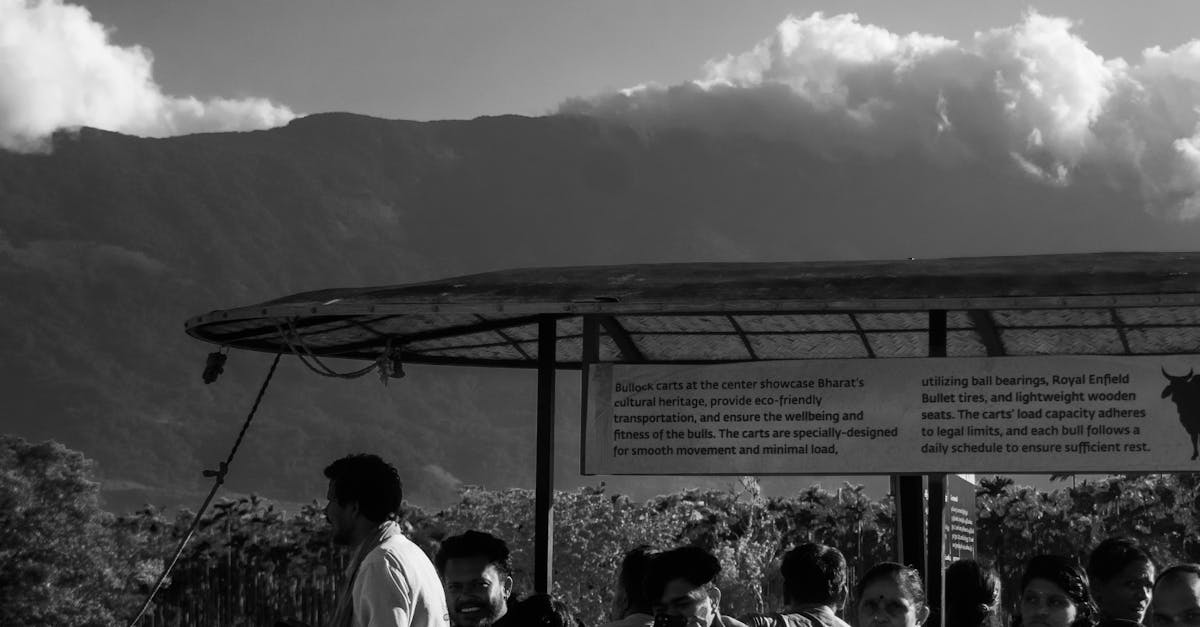
J&K Statehood
- Supreme Court asks for status update on J&K statehood: The apex court wants to know the government’s progress on restoring Jammu and Kashmir’s statehood.
- Why: The prolonged absence of statehood impacts citizens’ rights and India’s federal principles.
- Upholds Article 370 abrogation but directs statehood: The court validated the removal of special status for J&K.
- Why: It acknowledges the constitutional process while also recognizing the need to restore statehood as per constitutional provisions.
- Restoration crucial for constitutional values and federal balance: Returning statehood is vital.
- Why: To uphold constitutional ideals, ensure equitable resource sharing, and maintain the federal structure of the country.
- Last assembly elections held in October 2024: This date is noted by the court.
- Why: Suggests a potential timeline or benchmark for democratic processes in the region.
- Constitutional provisions allow for state formation: Articles 1, 2, 3, and 4 of the Constitution outline Parliament’s power to create and reorganize states.
- Why: This provides the legal framework for the potential restoration of J&K’s statehood, similar to past reorganizations like Telangana.
Coral Microatolls
- Coral microatolls record sea-level changes since 1959:
- Why in news: This research refines projections for future sea-level rise.
- Sensitive to lowest tides:
- Why in news: Their vertical growth is limited by the lowest tide, making their flat tops accurate indicators of sea-level fluctuations.
- Act as natural tide gauges:
- Why in news: Provide continuous, long-term data crucial for climate studies and reconstructing past sea levels.
- Crucial for climate studies and conservation:
- Why in news: Findings help refine future sea-level rise projections, vital for vulnerable island nations and regional stability. They also aid in monitoring climate change impacts on coral reefs and coastal communities.
- Highlight urgent need for local strategies:
- Why in news: Emphasizes the necessity of local monitoring and adaptation strategies to protect against climate risks.
Gangotri Glacier Crisis
- Gangotri Glacier System (GGS) Losing Snowmelt: A study by IIT Indore and ICIMOD reveals the GGS, the Ganga’s source, lost 10% of its snowmelt flow between 1980-2020 due to rising temperatures and climate change.
- Causes of Loss: Increasing temperatures lead to less snow formation, while increased rainfall-runoff and base flow indicate climate-induced hydrological changes.
- Himalayan Glacier Thinning: Himalayan glaciers are thinning at an average of 46 cm/year, and Gangotri’s snout is steadily receding.
- Shifting Flow Composition: While snowmelt still dominates GGS flow (64%), its relative share has decreased from 73% (1980-90) to 63% (2010-20), with rainfall-runoff and base flow showing increasing trends.
- Earlier Peak Discharge: A 0.5°C temperature increase in GGS (2001-2020 vs. 1980-2000) is causing earlier summer melting, shifting peak discharge from August to July, impacting water security and hydropower.
- Broader Impact: These changes are consistent with other studies showing Himalayan glaciers thinning and similar melting trends observed in regions like Ladakh, signaling a wider climate peril.
- Increased Glacial Lakes: Glacial lakes and water bodies in the Himalayas increased by 10.81% between 2011-2024 due to climate change, as reported by the Central Water Commission.
2025 Sports Day
- Date: August 29th, 2025.
- Commemoration: Birth anniversary of Major Dhyan Chand, the “Hockey Wizard.”
- Theme: “Ek Ghanta, Khel ke Maidan Main” (An Hour on the Sports Field) under the Fit India Mission.
- Objective: To encourage 60 minutes of daily physical activity to prevent lifestyle diseases.
- Key Event: Presentation of National Sports Awards by the President of India.
- Major Dhyan Chand Khel Ratna Award (highest sporting honour).
- Arjuna Award (second highest sporting honour).
- Dronacharya Award (highest honour for coaches).
- Rashtriya Khel Protsahan Puruskar (for promoting sports).
- Maulana Abul Kalam Azad Trophy (top university performances).
- Celebrations: Eminent athletes and public representatives will participate in sports activities nationwide.
- Background: National Sports Day was first observed in 2012. The Fit India Movement was launched on this day in 2019. Major Dhyan Chand is recognized for his exceptional hockey skills, leading India to Olympic dominance.
Parkinson’s Biosensor
-
Development of a Nanotechnology-Based Biosensor: Scientists at the Institute of Nano Science and Technology (INST), Mohali, have developed a biosensor using gold nanoclusters (AuNCs) for early Parkinson’s Disease (PD) detection.
-
Mechanism: The biosensor utilizes AuNCs coated with natural amino acids. These coated AuNCs selectively bind to different forms of the α-synuclein protein. Proline-coated clusters bind to normal α-synuclein, while histidine-coated ones bind to toxic, aggregated forms.
-
Significance for Early Detection: This allows for the distinction between healthy and toxic α-synuclein. This capability enables the detection of PD before the onset of motor symptoms, which is crucial as diagnosis often occurs after significant neurodegeneration.
-
Key Features: The biosensor is described as low-cost, label-free, and suitable for point-of-care testing, making it a potentially accessible diagnostic tool.
-
Broader Applications: The technology has potential applications for detecting other diseases linked to protein misfolding, such as Alzheimer’s disease.
-
Context of Parkinson’s Disease: PD is a progressive neurodegenerative disorder characterized by motor and non-motor symptoms, caused by the loss of dopamine-producing neurons. It is influenced by genetic and environmental factors.
-
Rising Burden: PD is a fast-growing neurological disorder globally. India is projected to see a substantial increase in cases by 2050, highlighting the need for early detection and management tools.
-
Current Management: There is no cure for PD; management focuses on symptom reduction through medication, surgery, and rehabilitation.
-
Validation: The system was tested in human-derived cells to ensure safety and effectiveness in biological conditions. The research has been accepted for publication in the journal Nanoscale.
APK Scams
- Growing Threat: APK scams are a significant and increasing cybercrime in India.
- How They Work: Fraudsters distribute fake .APK files disguised as legitimate apps.
- Victim Luring: Victims are contacted via calls or messages (e.g., about blocked bank accounts or subsidies).
- Data Theft: Once installed, these malicious apps steal sensitive personal and financial data in real-time, including OTPs, banking details, and contacts.
- Immediate Fraud: Stolen data is used for immediate fund theft.
- Underground Trade: These scam apps are traded on underground platforms.
- Difficulty in Tracking: Apps often self-delete after data theft, making them hard to trace.
- Authorities’ Response: Efforts include tracing digital trails, collaborating with banks and telecom operators, and public awareness campaigns.
- Significant Losses: Despite efforts, losses remain substantial due to the scale and sophistication of these scams.
- Categorization: APK-based fraud apps fall under Financial Frauds and Malware Attacks.
Mira Variables
- New Method to Measure Hubble Constant: A study co-authored by Nobel Laureate Adam Riess and led by Prof. Anupam Bharadwaj from IUCAA uses oxygen-rich Mira variable stars to measure the Hubble constant.
- High Precision Achieved: The study achieved a precision of 3.7% in determining the Hubble constant, opening a new way to map the universe’s age and size.
- Mira Stars as Anchors: For the first time, Mira stars were used as anchors in a galaxy to determine the precise cosmic expansion rate.
- Understanding Mira Stars: Mira stars (like Omicron Ceti) are pulsating red giant stars whose brightness varies regularly (100-1000 day periods) due to expansion/contraction cycles. They are cool (around 3,000K) and in late stellar evolution stages.
- Significance for Hubble Tension: This precise measurement of the Hubble constant can help resolve the “Hubble tension,” a discrepancy between expansion rates measured from early and late universe observations, potentially indicating new physics or needed updates to current cosmological models.
- Gaia Mission’s Role: The European Space Agency’s Gaia mission provided crucial precise geometric distances to Mira star clusters, enabling absolute calibration of their luminosities and thus a new level of precision in the measurements.







